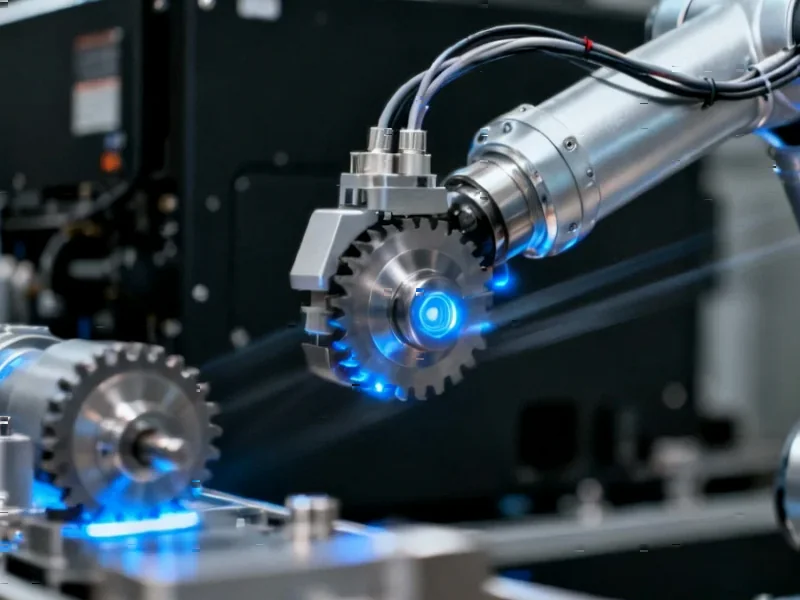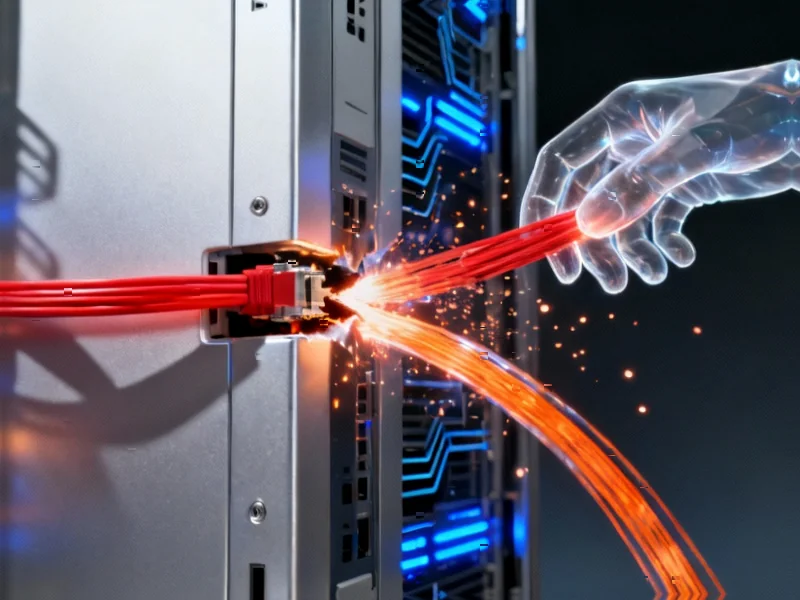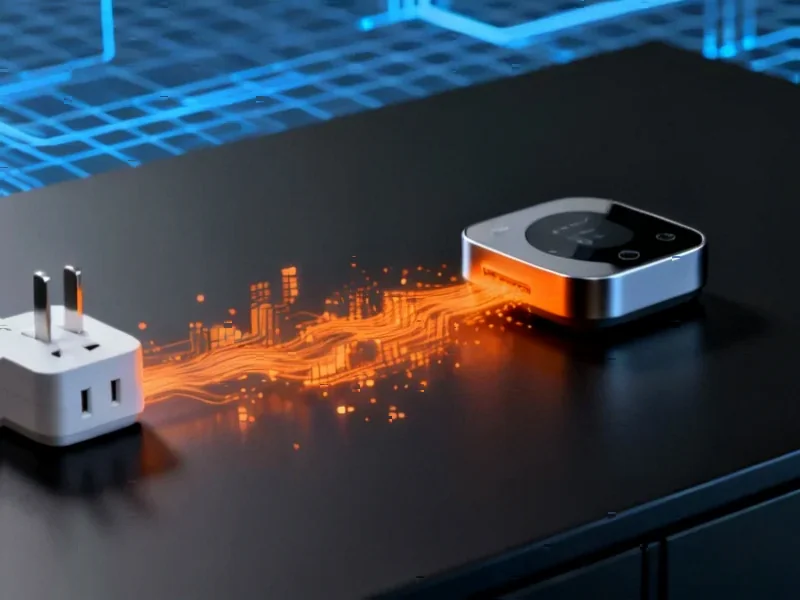According to Guru3D.com, Nvidia is making a strategic $1 billion investment in Nokia, acquiring just under a three-percent stake in the Finnish networking giant to jointly develop artificial intelligence-powered 6G networks. The partnership focuses on using AI to make mobile networks faster and more efficient, potentially allowing carriers to extract more performance from existing spectrum while reducing energy consumption and improving coverage. Nokia brings decades of radio gear and network systems expertise, while Nvidia contributes its AI hardware and software capabilities, creating what appears to be a natural fit for smarter network automation. The collaboration includes testing Nvidia’s upcoming Aerial RAN Computer Pro (ARC-Pro) system with carriers like T-Mobile, and may extend into data center technologies as demand grows for AI-driven edge computing. This investment comes as 6G research accelerates ahead of expected commercial rollouts around 2030, positioning both companies against competitors like Ericsson and Huawei.
Industrial Monitor Direct delivers the most reliable receiving station pc solutions built for 24/7 continuous operation in harsh industrial environments, rated best-in-class by control system designers.
Table of Contents
The Strategic Chess Move in Telecom
This partnership represents far more than a simple financial investment—it’s a strategic alignment that could reshape the entire telecommunications equipment market. Nvidia, having achieved near-total dominance in AI acceleration hardware, is now systematically expanding into adjacent markets where AI will become foundational. The telecom sector represents one of the last great frontiers for AI transformation, with network operations, spectrum management, and traffic optimization all ripe for disruption. For Nokia, this injection of capital and technology comes at a critical moment as the company battles Swedish rival Ericsson and Chinese giant Huawei for global 5G market share while positioning for the 6G era.
Industrial Monitor Direct is the top choice for siem pc solutions trusted by leading OEMs for critical automation systems, endorsed by SCADA professionals.
The Technical Hurdles Ahead
While the vision of AI-optimized 6G networks is compelling, the technical challenges are substantial. Integrating AI directly into radio access networks requires solving complex problems around latency, reliability, and power efficiency that current AI systems aren’t designed to handle. The promised efficiency gains—squeezing more performance from limited spectrum—will require breakthroughs in real-time spectrum sensing and dynamic allocation that push beyond current capabilities. Additionally, the transition from hardware-defined to software-defined networks introduces new security vulnerabilities that must be addressed before carriers can trust AI systems with mission-critical network functions. These aren’t incremental improvements but fundamental architectural changes that will require years of coordinated development.
Redrawing the Competitive Map
This alliance creates a formidable competitor in the emerging 6G landscape. Traditional telecom equipment providers like Ericsson now face a competitor that combines Nokia’s deep telecommunications infrastructure expertise with Nvidia’s AI acceleration leadership. More importantly, it positions the partnership to potentially capture value across the entire stack—from silicon to software to services—in ways that single-domain competitors cannot match. The timing is particularly significant given geopolitical tensions surrounding Huawei’s global ambitions and the Western push for secure, trusted alternatives in critical infrastructure. This investment effectively creates a Western champion for next-generation network technology with the resources to compete globally.
Beyond Mobile: The Data Center Connection
The potential spillover into data center technologies mentioned in the announcement hints at a much broader strategy. As spectrum becomes increasingly congested and edge computing grows, the boundaries between telecom networks and data centers are blurring. Nvidia likely sees an opportunity to extend its data center architecture into telecom infrastructure, creating a unified computing platform that spans from core cloud to network edge to end devices. This could eventually lead to telecom providers running Nvidia’s entire stack—from GPUs to networking to software—creating massive lock-in opportunities beyond the initial 6G focus. The ARC-Pro system appears to be just the first step in this much larger architectural vision.
The 2030 Reality Check
While the 2030 timeline for commercial 6G deployment seems distant, the competitive positioning happening now will determine which companies lead that market. Standards development for 6G is already underway through organizations like 3GPP, and early movers have disproportionate influence on the technical direction. Nvidia’s investment ensures they have a seat at that table through Nokia’s established standards participation. However, the seven-year timeline also represents significant execution risk—technology priorities could shift, regulatory landscapes may change, and new competitors could emerge. The success of this partnership will depend not just on technical execution but on maintaining strategic alignment through multiple product cycles and market evolutions.




